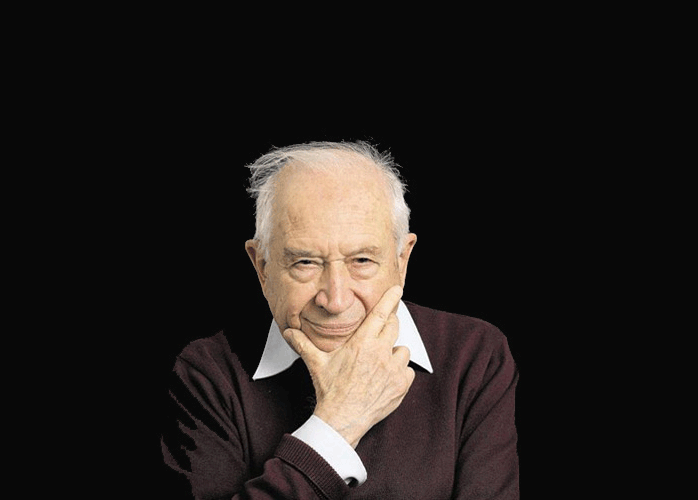You may have noticed when consuming cannabis, that the effects and flavours of the plant vary, widely.
Why is this? If you take a close inspection at your cannabis buds, you´ll notice that they´re gleaming with sticky dots of resin. Contained within the resin of marijuana plants are over 400 different potentially therapeutic compounds that contribute to the effects, flavours and potential health benefits of cannabis.
The thinking in the industry is that this variety of effect and flavour is thanks to these compounds (including CBD and THC) And their interaction with each other: This is known as the ‘entourage effect’.
What is the Entourage Effect?
You’re likely already acquainted with the marijuana plants two most famous compounds, THC and CBD, but there are many other compounds the plant produces in lesser abundance that seem to play a supporting role in the overall effects of any particular strain.
This theory that various cannabis compounds work together to create unique therapeutic effects and benefits is known in the cannabis industry as “the entourage effect.”
When we consume cannabis or a cannabis product, our bodies take in hundreds of botanical compounds. Each one arrives with unique effects and benefits, and their behaviour may change in the presence of other compounds. This is the entourage effect.
The Discovery of the Major Cannabinoids
Honoured Israeli scientist, Raphael Mechoulam first discovered the endocannabinoid system (ECS) in the 1960s. That is, he discovered that within the human body, there was a whole receptor system for cannabinoids (now known as a cannabinoid receptor) He also found that humans produce a natural cannabinoid compound, naming it anandamide, after the Sanskrit word for bliss. Then he went on to effectively isolate and replicate the major cannabis compounds, THC, CBD and CBG.
Now in his 80’s, Mechoulam´s discoveries have lead to the development of a massive industry, with THC, as well as CBD products, becoming hugely popular across the planet. From cannabis extracts to hemp products like CBD topicals, and CBD oils, to CBD edibles including the hugely popular CBD gummies, CBD and THC products are now being used to treat a number of health conditions from pain management to mental health disorders.


